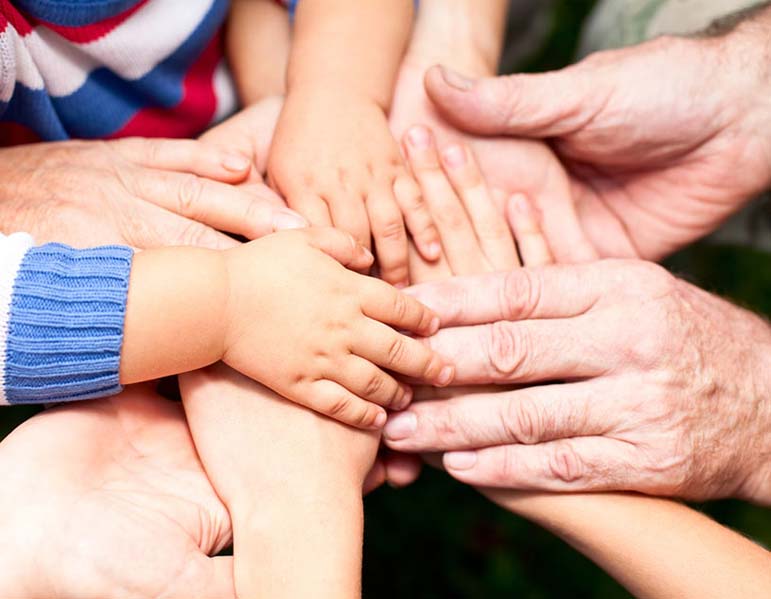
Now, science is catching up, and it's clear that your hands say all sorts of things about you. They hold clues to your development, personality, health and fitness -- if you just know where to look.
Hands define us as a species, too.
"People think language makes us human, but it's the hand," says surgeon
Some cultures have made gesticulation an art form. Sicilian people, for example, have a huge range of hand signals, and the traditional dances of
Above all, the fiendish design of our hands allows us to interact with the world like no other animal. From writing, drawing and making music to building nuclear power stations, almost everything we do with them is peculiarly human.
We also developed flattened tips to our finger bones. These support fleshy finger pads, providing a greater sensing area and making our grip more stable.
Whatever forces shaped the human hand, we are not born dexterous. Children only gradually learn to manipulate objects. Aged around 1, they go from grasping with their whole hand to using their thumb and index finger, and fine coordination takes at least 10 years to develop fully. Handedness is mostly down to genetics, but children can learn to exploit their less-preferred hand if necessary.
And we're always learning. Until recently, people were used to typewriter-sized keyboards, says
Still, there are some things our hands just cannot do.
"You can't really move one finger at a time," says neuroscientist
With around 17,000 receptors of various types, each hand has a sensory capacity similar to that of the eye. The ability to discern tactile sensations varies, though. Touch sensitivity is highly heritable and appears to have genes in common with hearing. Research published last year showed that it tends to be less acute in people with poor hearing, perhaps because hearing and touch both involve mechanosensory receptors.
By contrast, blind people are often able to recognize an extraordinary variety of different sensations, Kay says. In addition, women generally have greater sensitivity than men, by virtue of their smaller fingers.
Male and female hands differ in another way, too. In men, the index finger tends to be shorter than the ring finger, whereas in women, they're more equal. A study in 2003 by
Recent research questions this conclusion, but hundreds of studies reveal that the ratio is linked with a variety of characteristics, including sexuality. More "masculine" ratios correlate with traits ranging from risk-taking and financial acumen to athleticism and autism.
One very personal feature of your hands is definitely laid down in the womb: Your fingerprints, which take shape between weeks 10 to 16 of gestation. Although genes influence their general patterns -- the whorls, loops and arches -- the details are affected by factors such as the position of a fetus and its hands. As a result, even the fingerprints of identical twins are different.
Why we have fingerprints at all is another matter. They may increase touch sensitivity, protect the fingertips by allowing the skin to stretch, or help with drainage in wet conditions. Perhaps surprisingly, the idea that they increase friction and so improve grip does not stand up.
While fingerprints are unchanging, the appearance of your nails reflects health and nutrition. Changes in their color, smoothness, shape, and whether they develop any ridges are not usually the first sign of disease, but can indicate a host of problems, ranging from vitamin deficiency to heart disease and cancer.
For example, yellow nails may signify diabetes, while half-white, half-dark ones suggest liver and kidney disease. Deep, horizontal ridges are nothing to worry about, though; they're usually a natural consequence of aging.
It's no wonder we identify so strongly with our hands. They're both highly personal, yet always on display. Whether you adorn them with rings, watches and nail paint, or simply embrace their lines and wrinkles, there's no other body part more familiar. You might even say you know them...like the back of your hand.
Comment by clicking here.



 Contact The Editor
Contact The Editor
 Articles By This Author
Articles By This Author